Diatomaceous earth in the garden is a versatile and effective natural solution for improving soil health and controlling pests. Composed of the fossilized remains of microscopic algae, diatomaceous earth offers a range of benefits that can enhance the vitality and productivity of your garden.
From improving soil structure and fertility to repelling insects and other pests, diatomaceous earth is a valuable addition to any gardener’s toolkit. In this article, we will explore the benefits, uses, and precautions associated with using diatomaceous earth in the garden.
Diatomaceous Earth (DE)
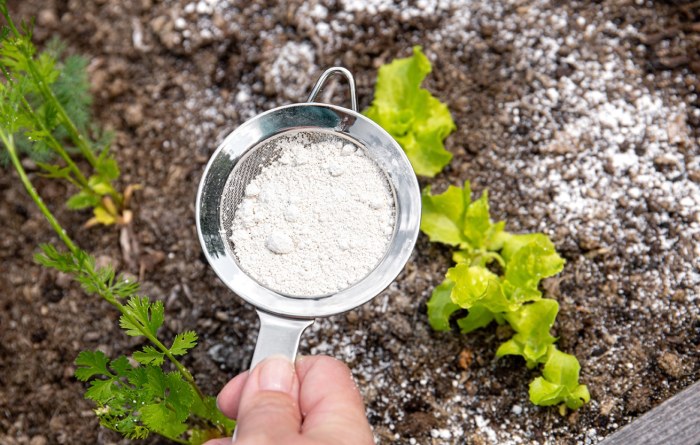
Diatomaceous earth (DE) is a naturally occurring, soft, siliceous sedimentary rock that is composed primarily of the fossilized remains of diatoms, a type of single-celled algae.
DE is formed when diatoms die and their silica-rich cell walls accumulate on the bottom of bodies of water. Over time, these deposits can become compressed and cemented together to form DE.
Origin and Formation
Diatoms are microscopic algae that live in both freshwater and saltwater environments. They have a unique cell wall made of silica, which is a type of glass. When diatoms die, their cell walls sink to the bottom of the body of water and accumulate over time.
In some areas, the accumulation of diatom cell walls can be very thick. Over time, these deposits can become compressed and cemented together by minerals to form DE.
DE as a Soil Amendment
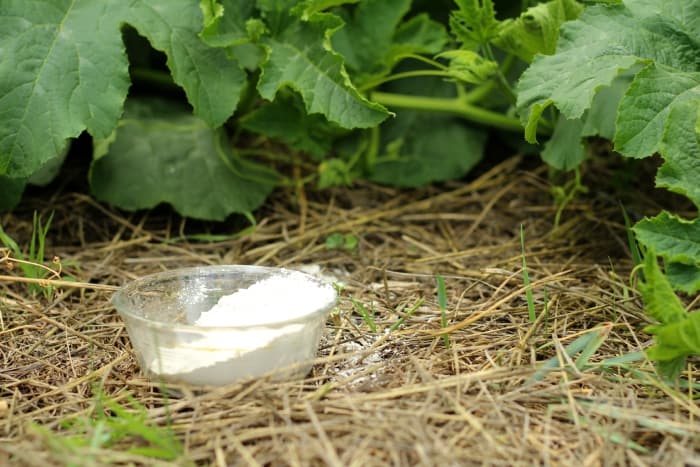
Incorporating diatomaceous earth (DE) into the soil provides numerous benefits, enhancing its structure and fertility.
DE improves soil aeration and drainage by creating microscopic air pockets that allow water and oxygen to penetrate deeply. This promotes root growth and prevents waterlogging, which can lead to root rot and other problems.
Enhanced Nutrient Retention
DE has a high surface area, providing a vast number of adsorption sites for nutrients. It binds to essential elements like nitrogen, phosphorus, and potassium, preventing their leaching from the soil and making them readily available to plants.
Improved Soil Structure
The sharp edges of DE particles act as tiny aerators, breaking up compacted soil and creating a more friable structure. This improves water infiltration, root penetration, and overall soil health.
Pest Control
DE has insecticidal properties and can help control pests like slugs, snails, and certain insects. The sharp edges of DE particles physically damage the exoskeletons of these pests, causing dehydration and death.
DE for Pest Control: Diatomaceous Earth In The Garden
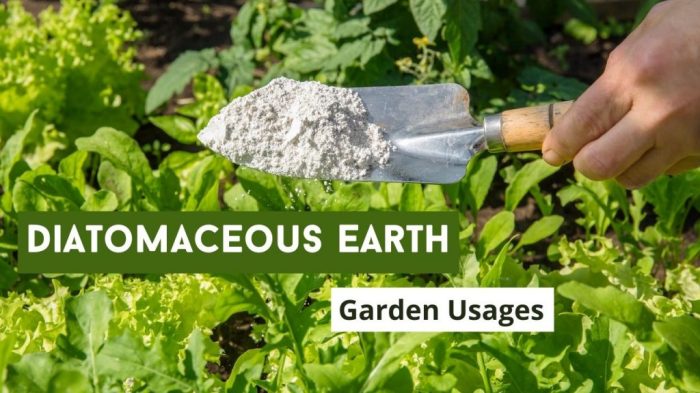
Diatomaceous earth (DE) is a natural, non-toxic substance that can be used to control a variety of garden pests. It is made from the fossilized remains of diatoms, which are microscopic algae with sharp, glass-like shells. These shells can physically damage pests, causing them to dehydrate and die.
If you’re looking for a natural way to improve your backyard garden, consider using diatomaceous earth. This fine powder is made from the fossilized remains of tiny algae and is a great source of silica, which is essential for plant growth.
Diatomaceous earth can help to improve soil structure, aeration, and drainage, and it can also help to control pests and diseases.
DE is effective against a wide range of pests, including:
- Aphids
- Slugs
- Snails
- Caterpillars
- Ants
- Flea beetles
- Spider mites
- Whiteflies
DE works by:
- Cutting pests with its sharp edges
- Dehydrating pests by absorbing their body fluids
- Interfering with their nervous systems
DE is a safe and effective way to control pests in the garden. It is non-toxic to humans and animals, and it does not leave any harmful residues. However, it is important to wear a dust mask when applying DE, as it can irritate the lungs.
Using DE in Composting
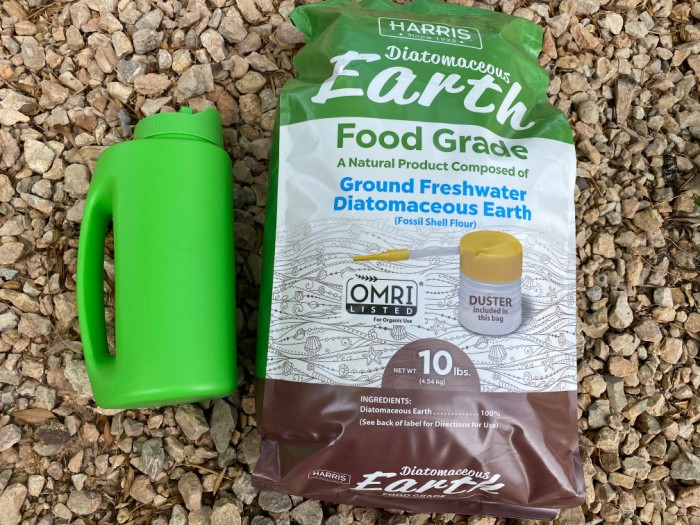
Diatomaceous earth (DE) can be a valuable addition to your compost pile. It provides a number of benefits, including:
- Absorbs moisture:DE is a highly absorbent material that can help to keep your compost pile from becoming too wet.
- Provides aeration:DE can help to aerate your compost pile, which is essential for the composting process.
- Reduces odors:DE can help to reduce odors from your compost pile.
- Adds nutrients:DE is a good source of silicon, which is an essential nutrient for plants.
How to Add DE to Your Compost Pile, Diatomaceous earth in the garden
You can add DE to your compost pile in a number of ways. One way is to sprinkle it on top of the pile as you add new materials. Another way is to mix it into the pile with a shovel or fork.
You can also add DE to your compost tea.
The amount of DE you add to your compost pile will depend on the size of the pile and the materials you are composting. A good rule of thumb is to add 1/2 cup of DE per cubic foot of compost.
Precautions and Considerations
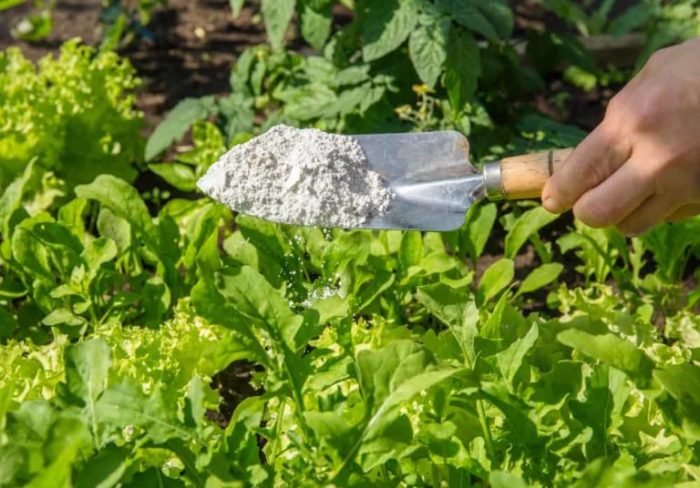
While diatomaceous earth (DE) offers numerous benefits in the garden, it’s crucial to be aware of potential risks and take appropriate precautions.
DE is a fine powder, and inhalation can cause respiratory irritation. Always wear a dust mask when handling or applying DE, especially in enclosed spaces. Avoid direct contact with skin and eyes, as DE can be abrasive.
Safety Guidelines for Handling and Applying DE
- Wear a dust mask and gloves when handling or applying DE.
- Apply DE in well-ventilated areas or outdoors.
- Avoid inhaling DE dust.
- Avoid contact with skin and eyes.
- Wash hands thoroughly after handling DE.
Ending Remarks
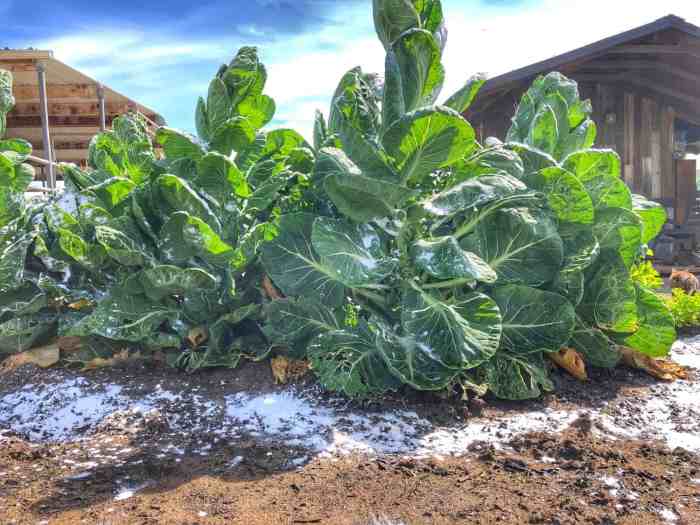
Whether you are an experienced gardener or just starting out, diatomaceous earth is a natural and effective way to improve the health and productivity of your garden. By incorporating it into your soil amendment and pest control strategies, you can create a thriving environment for your plants to flourish.